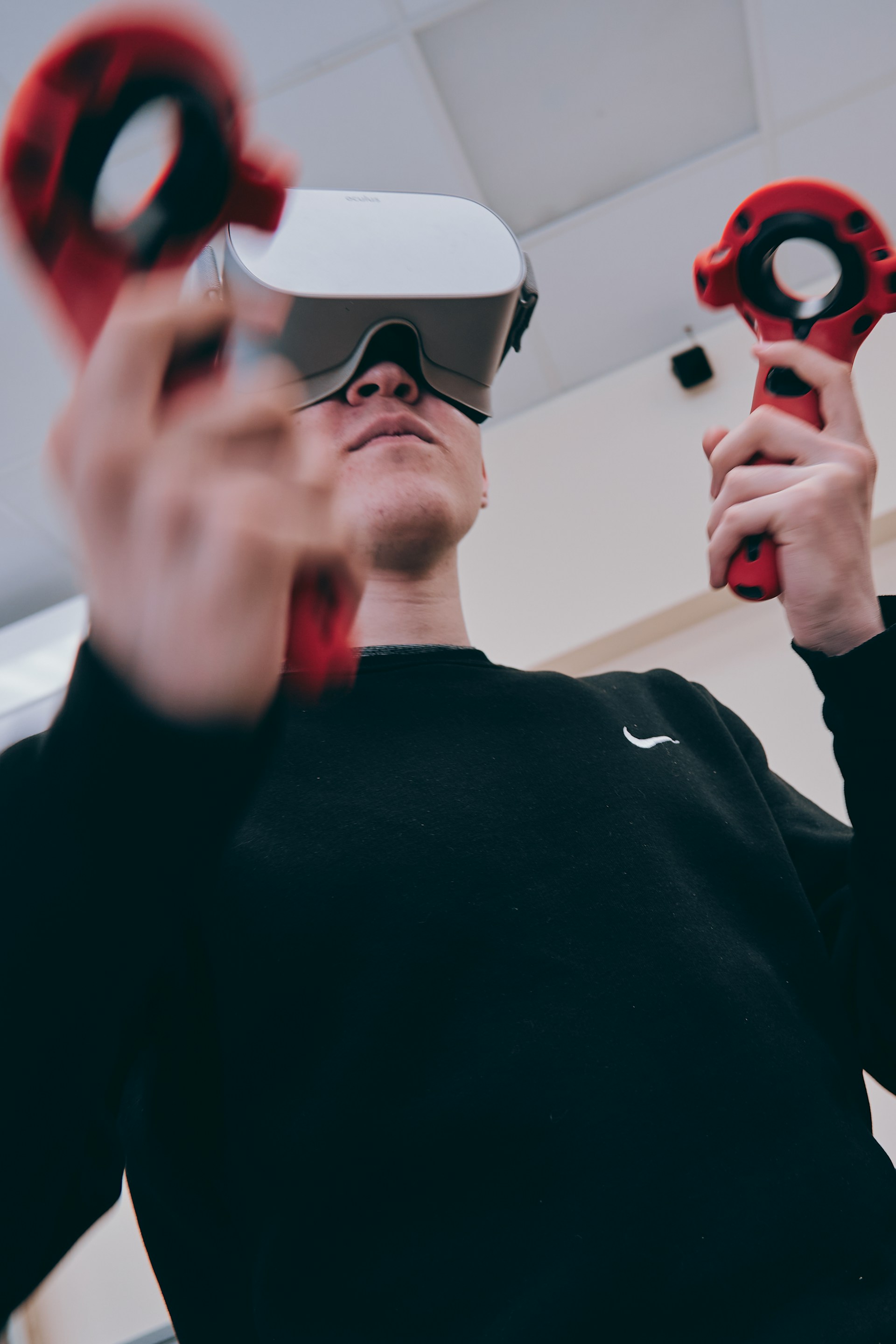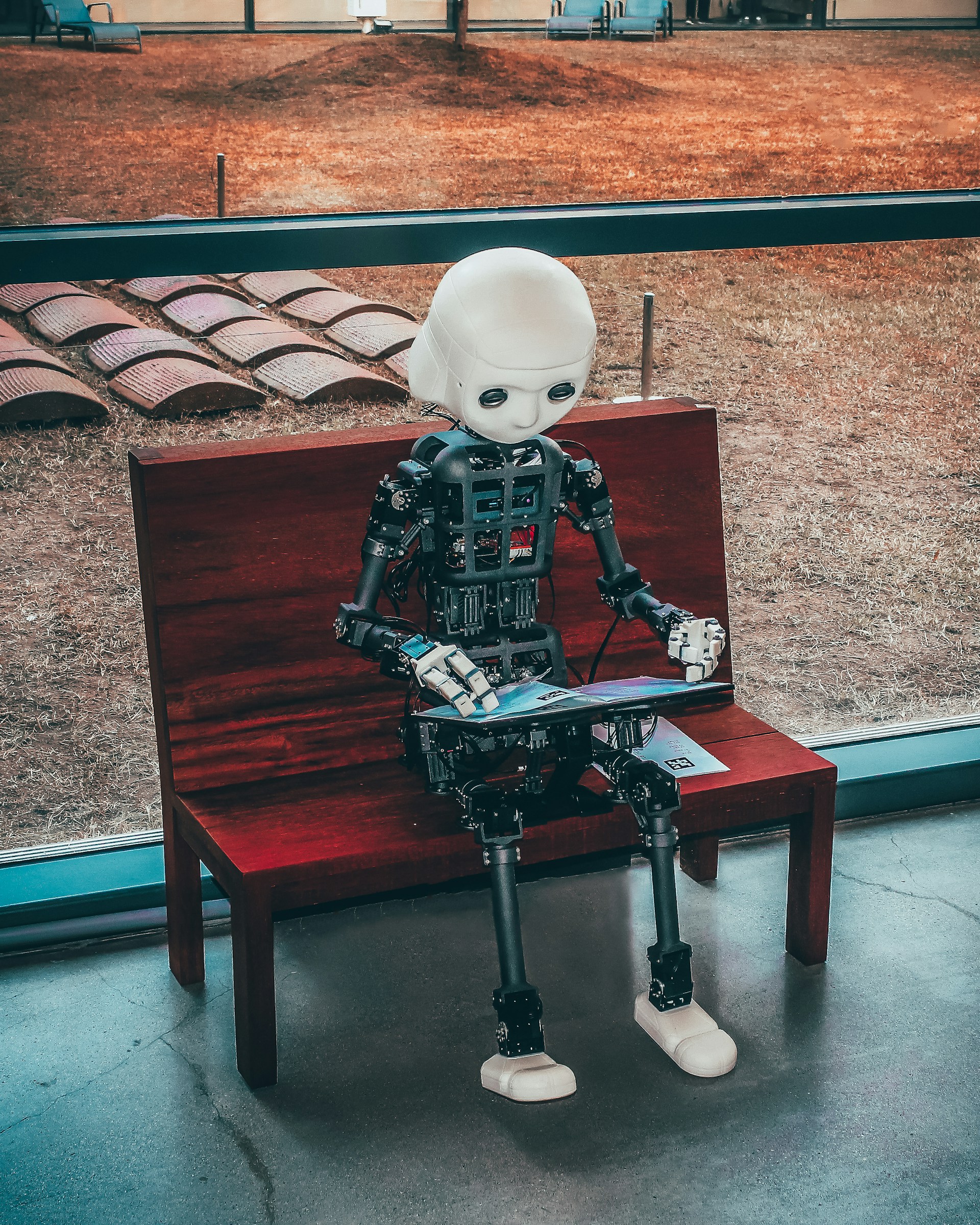AI and Robotics: A Perfect Pairing for Automation

Artificial Intelligence and robotics, though powerful individually, become even more formidable when combined. AI equips machines with the ability to process vast amounts of data, make decisions, learn from experience, and adapt to changing circumstances. Robotics, on the other hand, focuses on the design, construction, and operation of robots—machines capable of carrying out tasks autonomously or semi-autonomously. Together, these technologies are transforming industries by automating repetitive tasks, enhancing precision, and improving operational efficiency.
The potential of this automation is vast. Industries such as manufacturing, healthcare, logistics, and agriculture have already begun to reap the benefits of AI-driven robotics. By employing intelligent systems to handle complex tasks, companies are not only cutting costs but also improving safety, scalability, and speed in their operations.
Impact on Manufacturing and Production
The manufacturing industry stands at the forefront of AI and robotics integration. Automation in production lines, powered by robots equipped with AI, has led to significant improvements in productivity and precision. Robots can work around the clock without fatigue, ensuring continuous production without the need for breaks. These robots can also perform highly intricate tasks that were once reserved for human workers, such as assembly, quality control, and welding. AI algorithms further enhance the robots’ capabilities by enabling them to learn from past tasks, making them more efficient with each iteration.
Moreover, robotics in manufacturing is not limited to large-scale operations. Smaller businesses and enterprises are increasingly adopting these technologies, thanks to more affordable and customizable solutions. This democratization of automation ensures that companies of all sizes can harness the power of AI and robotics to remain competitive in an increasingly fast-paced global market.
Transforming Healthcare with Automation
AI and robotics have also made substantial contributions to healthcare. In medical procedures, robots guided by AI algorithms are assisting doctors with precision surgeries, minimizing human erro壯陽藥 r, and improving patient outcomes. Robotic surgical assistants, such as the da Vinci Surgical System, are revolutionizing minimally invasive surgery, allowing for smaller incisions, reduced recovery time, and less risk of infection.
Additionally, AI systems are transforming healthcare management by automating diagnostic processes. Machine learning algorithms can analyze medical images, such as X-rays and MRIs, with remarkable accuracy, often identifying patterns and conditions that human clinicians may miss. The combination of robotics and AI is also streamlining administrative tasks, reducing paperwork, and enhancing patient care by enabling healthcare providers to focus more on direct interaction with patients.
Logistics and Supply Chain: The AI Revolution
The logistics industry has long been an early adopter of automation, but the introduction of AI-powered robotics has taken efficiency to a new level. Autonomous vehicles, drones, and robots are being employed for tasks ranging from inventory management to last-mile delivery. AI algorithms optimize supply chain operations by predicting demand, managing inventory, and coordinating logistics with precision. Robotics, including warehouse robots that can pick, pack, and sort goods, are ensuring that warehouses operate at peak efficiency.
AI-driven logistics platforms also allow companies to better track shipments and monitor supply chains in real time. By reducing human error and increasing automation, businesses can achieve faster turnaround times and improved customer satisfaction.
The Future: A Synergy of Human and Machine

While AI and robotics continue to revolutionize industries, there is an ongoing discussion about the role of humans in this evolving landscape. Rather than replacing human workers, AI and robotics are increasingly viewed as tools that complement and augment human abilities. In many cases, automation frees up workers from repetitive and physically demanding tasks, allowing them to focus on higher-level functions such as strategy, creativity, and problem-solving.
Furthermore, the rise of AI and robotics is giving birth to new job categories and industries, creating opportunities for individuals with specialized skills in AI programming, robotics engineering, and data science. As these technologies continue to evolve, industries will need to strike a balance between automation and human labor, ensuring that the workforce is properly trained for the future of work.
Conclusion
The integration of AI and robotics into industries is not just a technological trend; it’s an evolution that is reshaping the very fabric of how businesses operate. From manufacturing and healthcare to logistics and beyond, the automation powered by AI and robotics is driving innovation, improving efficiency, and transforming entire industries. As we look to the future, these technologies will continue to evolve, offering limitless possibilities for industries seeking to remain competitive in a rapidly changing world

